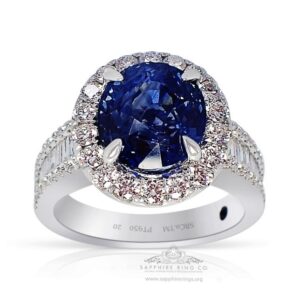
Grading Natural Sapphires.
Unlike diamonds which rely on no color for their value, sapphires along with almost all gemstones are graded and valued on color. I read a few articles and blogs which try to sell the AAA down to B as a way to not only grade a sapphire but also create its value? This grading is not only inaccurate but also very misleading to the consumer.
Below I will explain how sapphires are graded and valued taking 4 main factors into account (Hue, tone, saturation & carat weight). With the AAA to B grades really doesn’t take any one of these factors into account, as a result, you not left with any real way of determining how that sapphire value was created. We will start on the color, also known as the “Hue”, the GIA gemstone grading for color is the one of the best ways to grade and understand how a sapphire should be graded.
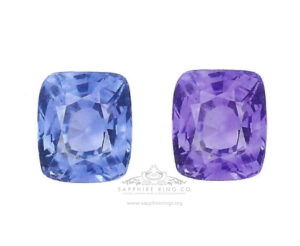
This sapphire is a rare natural color change, taken-on two GIA color grades.Hue,To start with, a sapphires overall color or hue, as an example, if the sapphire is a pure blue then the code/grade for this gemstone would be given as a “B” referring to blue. Now if this sapphire carries a secondary color with a slight undertone of violet then the sapphire grade would change to “vB” referring to violet blue. (If blue was still the predominant color) If by chance the violet was a stronger hue than blue the grade would change to “bV”. Below I added a color chart showing not only the different colors sapphires come in but also how they graded for the “Hue“ and the initials used for giving the GIA color grade.
Hue Table
The GIA Colored Stone Grading System includes a description system that uses 31 hue names to describe
colored gemstones.Here we show the color chart which coves all colors sapphires can be found in.
| Name | Code | Color |
| very slightly greenish blue | vslgB | |
| Blue | B | |
| violetish blue | vB | |
| bluish violet | bV | |
| Violet | V | |
| violetish purple* | vP* | |
| Purple | P | |
| reddish purple | rP | |
| red-purple or purple-red | RP/PR | |
| strongly purplish red | stpR | |
| slightly purplish red | slpR | |
| Red | R | |
| orangy red | oR | |
| red-orange or orange-red | RO/OR | |
| reddish-orange | rO | |
| Orange | O | |
| yellowish-orange | yO | |
| orangy yellow | oY | |
| Yellow | Y | |
| greenish-yellow | gY | |
| yellow-green or green-yellow | YG/GY | |
| strongly yellowish green | styG | |
| yellowish-green | yG | |
| slightly yellowish green | slyG | |
| Green | G | |
| very slightly bluish-green | vslbG | |
| bluish-green | bG | |
| very strongly bluish | vstbG | |
| green-blue or blue-green | GB/BG | |
| very strongly greenish blue | vstgB |
Tone,Second comes the the sapphires “Tone “, tone measured on a scale from numbers 2 to 8, a sapphire graded as a 8 would be very dark & unlikely to be a transparent gemstone, with low market value.About 80% of blue sapphires full under this grade, sometimes referred to as very dark blue to almost black, we’re as a sapphire graded as a 2 would be almost off-white with slight hint of blue. Royal blue sapphire would typically carry a 6 for tone, with vivid blue to cornflower blue carrying a 5. This natural blue sapphire ring, this sapphire carries a GIA gemstone grade of GIA B 5/4.
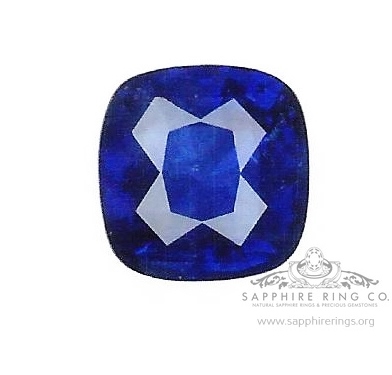
I have added the GIA tone scale below to see how tone is measured, this helps explain how the GIA grade is given.
| Name | Scale | Tone |
| very light | 2 | |
| Light | 3 | |
| medium light | 4 | |
| Medium | 5 | |
| medium dark | 6 | |
| Dark | 7 | |
| very dark | 8 |
Saturation, Next comes the sapphire saturation or how bright the color is, the saturation plays an equal role in a sapphires value, sapphire graded with a saturation of 4 to 6 will carry the highest value. As a example, a perfect royal blue sapphire would carry a saturation level of 5 were as a cornflower blue sapphire would carry a saturation of 4.Below we show two loose sapphires, the first is a royal blue sapphire carrying the GIA color grade of GIA B 6/5 with the second sapphire carrying the GIA color grade of B 5/4.

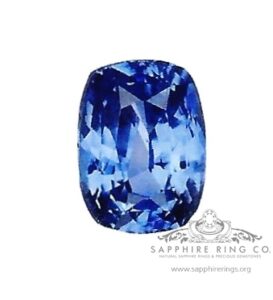
Here is a chart which shows the level of saturation for gemstones and how they are graded in blues as well as reds for rubies, when the saturation drops below a 4 the sapphire will take on a slightly grayish hue and the value will drop.
| Name | Cool Color | Scale | Warm Color | Name |
| grayish | brownish | |||
| slightly grayish | slightly brownish | |||
| very slightly grayish | very slightly brownish | |||
| moderately strong | moderately strong | |||
| strong | strong | |||
| vivid | vivid |
Carat Weight The last factor to look at for the sapphire value is the carat weight, just because a sapphire carries a high carat weight doesn’t mean that the sapphire is valuable, the sapphire value will be created on a hue, tone, and saturation first. Once the grade is given then the value will be multiplied by the sapphire carat weight. A sapphire in a dark blue with the GIA color grade of GIA B 8/7 with a carat weight of 4.00 cts might carry a value of $300.00 per carat, were as the same size sapphire which carries a color grade of B 6/5 or royal blue could easily be valued at $3,000 upwards per carat. These prices given are for natural sapphires, sapphires which are synthetic or chemically enhanced and carry very low values, often not more than $50 to $100 per carat. I hope this information is helpful on how a sapphire should be graded and why using this system is important to the value of the sapphire you looking at. For more information on natural sapphires and our sapphire engagement ring contact us at 727 797 0007 or visit us at https://www.sapphirerings.
To view one of the largest selections of sapphire rings for sale in the USA visit our engagement ring pages at: https://www.sapphirerings.org/


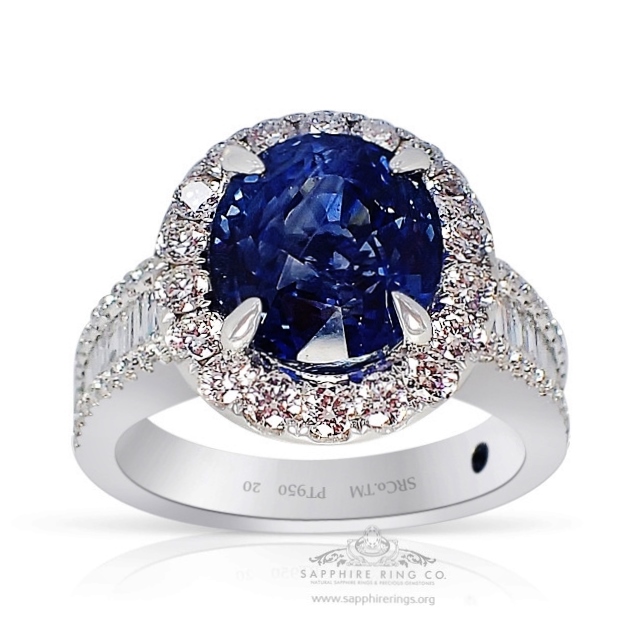
Excellent article! I completely support your perspective.
Insert specific point of agreement or appreciation.
I also thought it was important to mention insert additional point or personal
experience related to the topic.
Thanks for sharing your insights on this topic. This is crucial in today’s world, and I’m
glad to see that insert author’s name or blog’s name is addressing
it.
Looking forward to more posts.